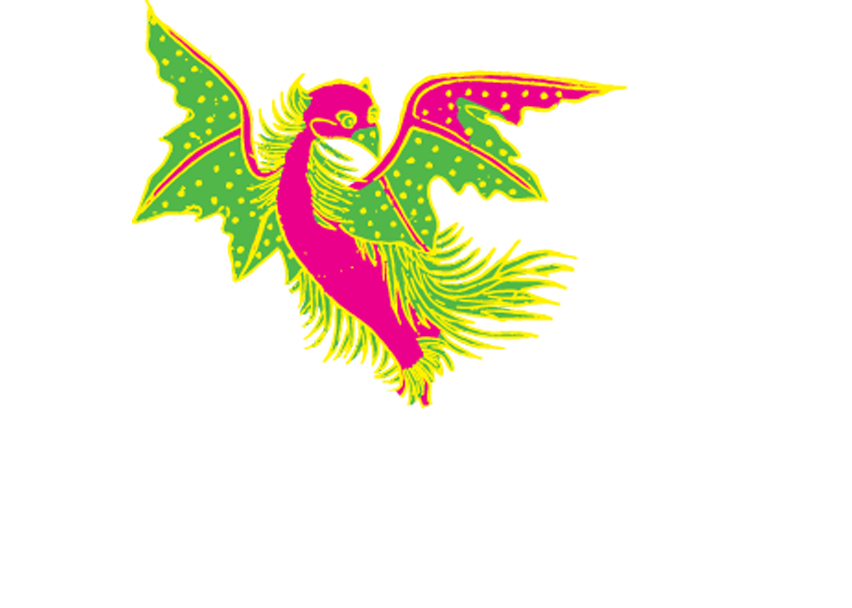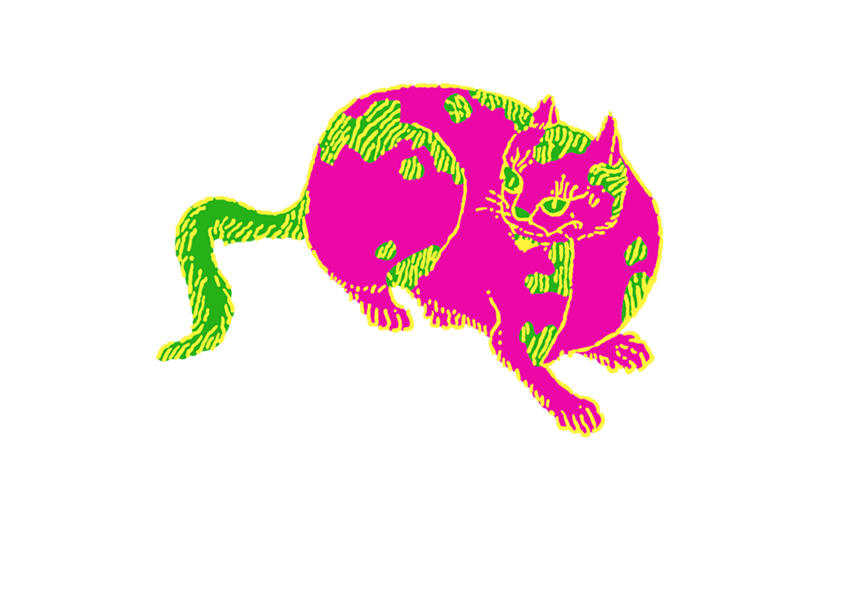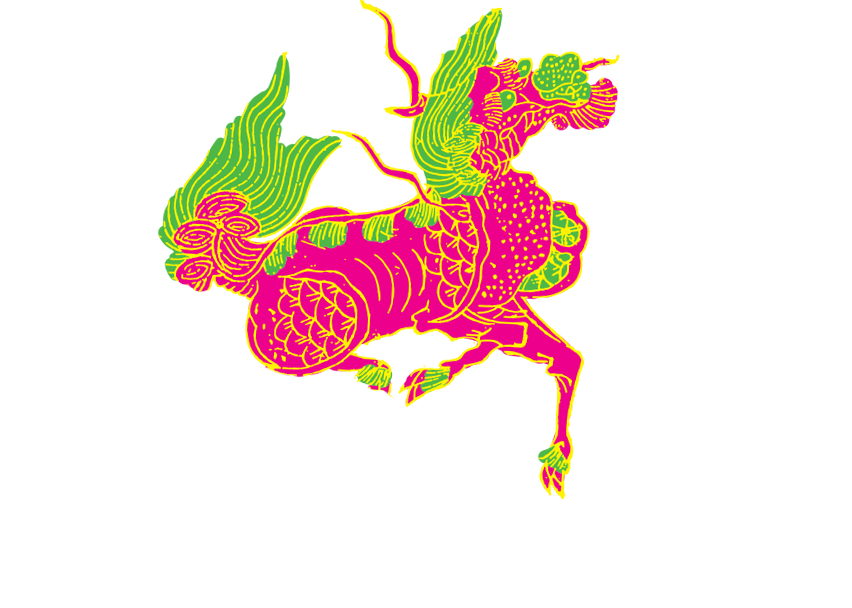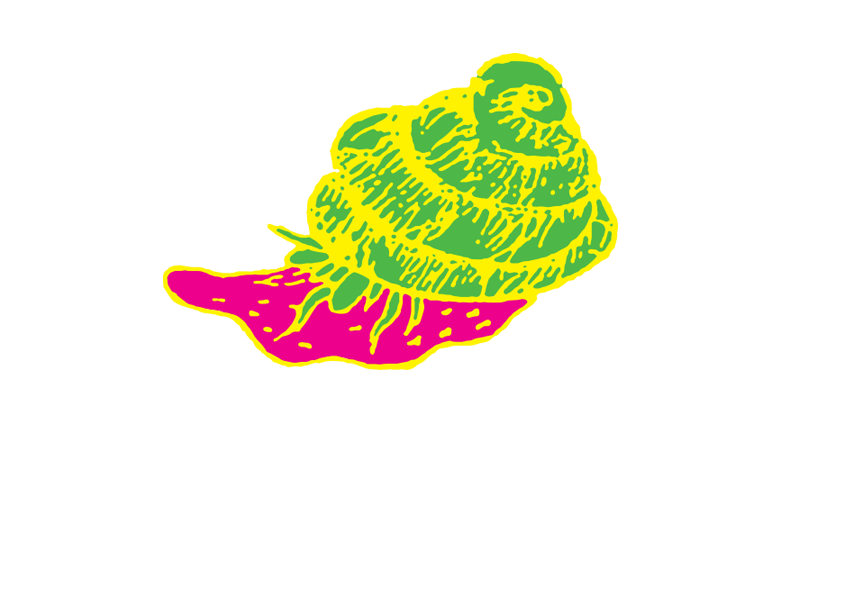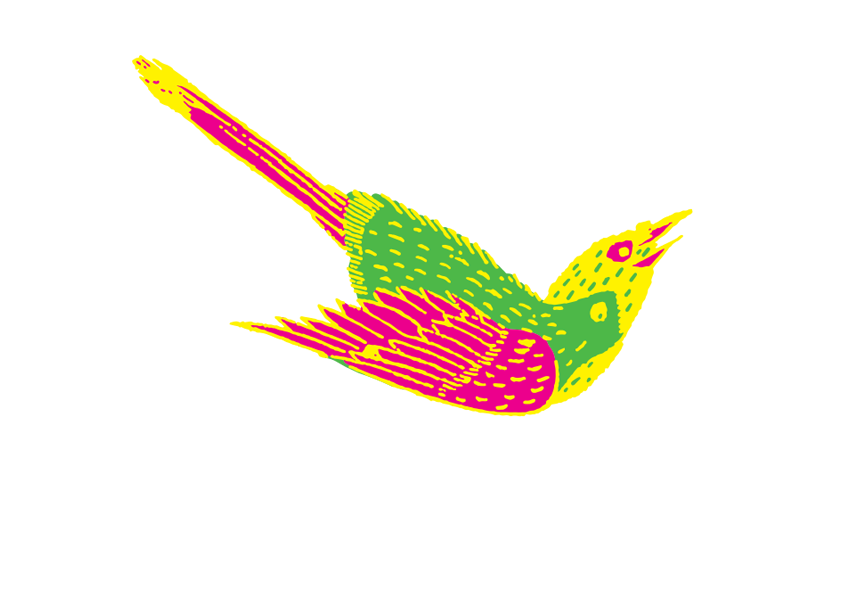宋 Sung dynasty 版本:清乾隆間《四庫全書》本說郛之一;卷:卷一百七
Edition: First Version of Shuofu (A Collection of Random Sketches) from the Complete Library in Four Sections (Siku Quanshu) of the Reign of Qianlong,
Qing dynasty Volume: Volume One Hundred and Seven
22.4cm (H) x 15.4cm (W)
「相馬」意指鑑定馬的品質。古人養馬經驗豐富,本次展出之《相馬書》附有三幅插畫,為〈良馬三十二相〉、〈旋毛圖〉與〈口齒圖〉。〈良馬三十二相〉描畫一匹良駒應具備之品相,四字一訣,例如「尾如垂掃」、「項長彎曲」、「腿似琵琶」等等,又在插畫中註明馬的各個部位。〈口齒圖〉列出馬一歲至三十二歲之口齒狀況,並附有口訣一首。
“Equine physiognomy” refers to the art or science of judging the qualities of a horse from its appearance. The ancients had extensive experience in raising horses, and the Book of Equine Physiognomy on display in this exhibition includes three illustrations, respectively titled, Thirty-two Characteristics of a Good Horse, Diagram of Hair Whorls, and Diagram of the Mouth and Teeth. The Thirty-two Characteristics of a Good Horse combines text and images to describe and indicate the position of key features of a good horse. Each feature is given a four-character mnemonic, such as “hanging broom-like tail”, “long and curvaceous neck”, and “pipa lute-like legs”. The Diagram of the Mouth and Teeth depicts the oral conditions of horses from ages one to thirty-two, and is accompanied by a mnemonic rhyme.







